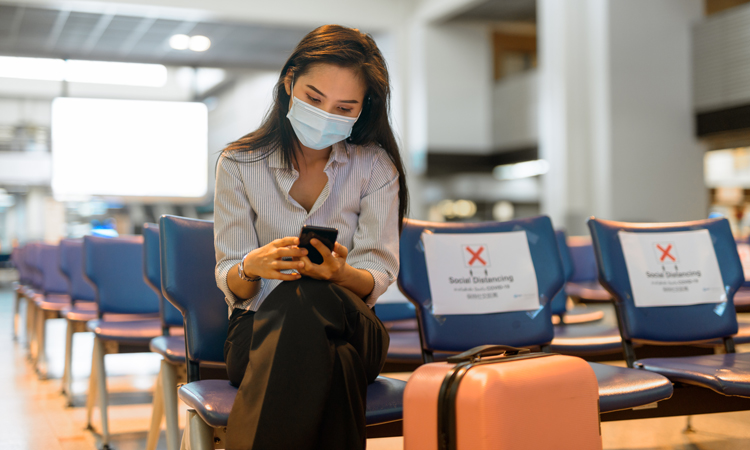ACI World launches Airport Health Accreditation programme
- Like
- Digg
- Del
- Tumblr
- VKontakte
- Buffer
- Love This
- Odnoklassniki
- Meneame
- Blogger
- Amazon
- Yahoo Mail
- Gmail
- AOL
- Newsvine
- HackerNews
- Evernote
- MySpace
- Mail.ru
- Viadeo
- Line
- Comments
- Yummly
- SMS
- Viber
- Telegram
- Subscribe
- Skype
- Facebook Messenger
- Kakao
- LiveJournal
- Yammer
- Edgar
- Fintel
- Mix
- Instapaper
- Copy Link
Posted: 24 July 2020 | International Airport Review | No comments yet
The programme will work to assess the new COVID-19 airport health measures currently being implemented and restore confidence in passengers about their safety when travelling.


Airports Council International (ACI) World has launched the Airport Health Accreditation programme, which will work to assist airports by assessing new health measures and procedures introduced as a result of the COVID-19 pandemic.
As airports around the world begin to restart and then prepare to sustain continuing operations, they are focusing on the health and welfare of travellers, staff and the public. The programme enables airports to demonstrate to passengers, staff, regulators and governments that they are prioritising health and safety in a measurable, established manner, while validating their own measures and processes.
The ACI Airport Health Accreditation programme provides airports with an assessment of how aligned their health measures are with the International Civil Aviation Organization’s (ICAO) Council Aviation Recovery Task Force (CART) recommendations, as well as industry best practices. The CART guidelines are well aligned with the ACI Aviation Business Restart and Recovery guidelines, as well as the European Union Aviation Safety Agency (EASA) COVID-19 Aviation Health Safety Protocol guidelines.
ACI World‘s Director General, Luis Felipe de Oliveira, said: “While the COVID-19 pandemic’s effects have halted the airport industry at a global level, airports are vital cogs in the aviation ecosystem, and our Airport Health Accreditation programme will help to restore passenger confidence in air travel. As important engines of growth, wealth creation and employment, the recovery of the airport sector will be a significant driver of the global economic recovery. Key to this recovery will be reassuring the travelling public that airports are prioritising health and safety and providing safe and hygienic facilities.”
He continued: “Assessment is aligned with guidelines for health measures established by ICAO, EASA and ACI to help airports to prioritise and promote a safe and healthy environment for passengers, staff and the public. Airports cannot do this in isolation, however, and collaboration, cooperation and consistency across the aviation industry will be the key to rebuilding global air services capacity and keeping passengers safe, healthy and secure as we do this. To assist airports, ACI has developed the Airport Health Accreditation Programme to promote best practices and help align efforts across the industry to harmonise measures, processes and procedures with ICAO, EASA and ACI’s global guidance.”
Topics covered by the accreditation include cleaning and disinfection, physical distancing (where feasible and practical), staff protection, physical layout, passenger communications and passenger facilities. Airports are communities – or mini-cities – so, to address this, all passenger areas and processes have been considered, including:
- Terminal access and check-in area
- Security screening
- Boarding gates and lounges
- Retail, food and beverage areas
- Gate equipment, such as boarding bridges
- Escalators and elevators
- Border control areas and facilities (in collaboration with authorities)
- Baggage claim area and arrivals exit.
The programme is voluntary and open to all ACI member airports of all sizes in all regions. Upon submission of the completed questionnaire and all supporting materials, a virtual evaluation is conducted online by ACI to determine that health measures are being applied in alignment with ICAO CART guidelines – as well as EASA and ACI recovery guidance, including ACI EUROPE’s Guidelines for a Healthy Passenger Experience at Airports.
Related topics
Airport crisis management, COVID-19, Passenger experience and seamless travel, Retail, Safety, Terminal operations
Related organisations
Airports Council International (ACI World), European Union Aviation Safety Agency (EASA), International Civil Aviation Organization (ICAO)


















